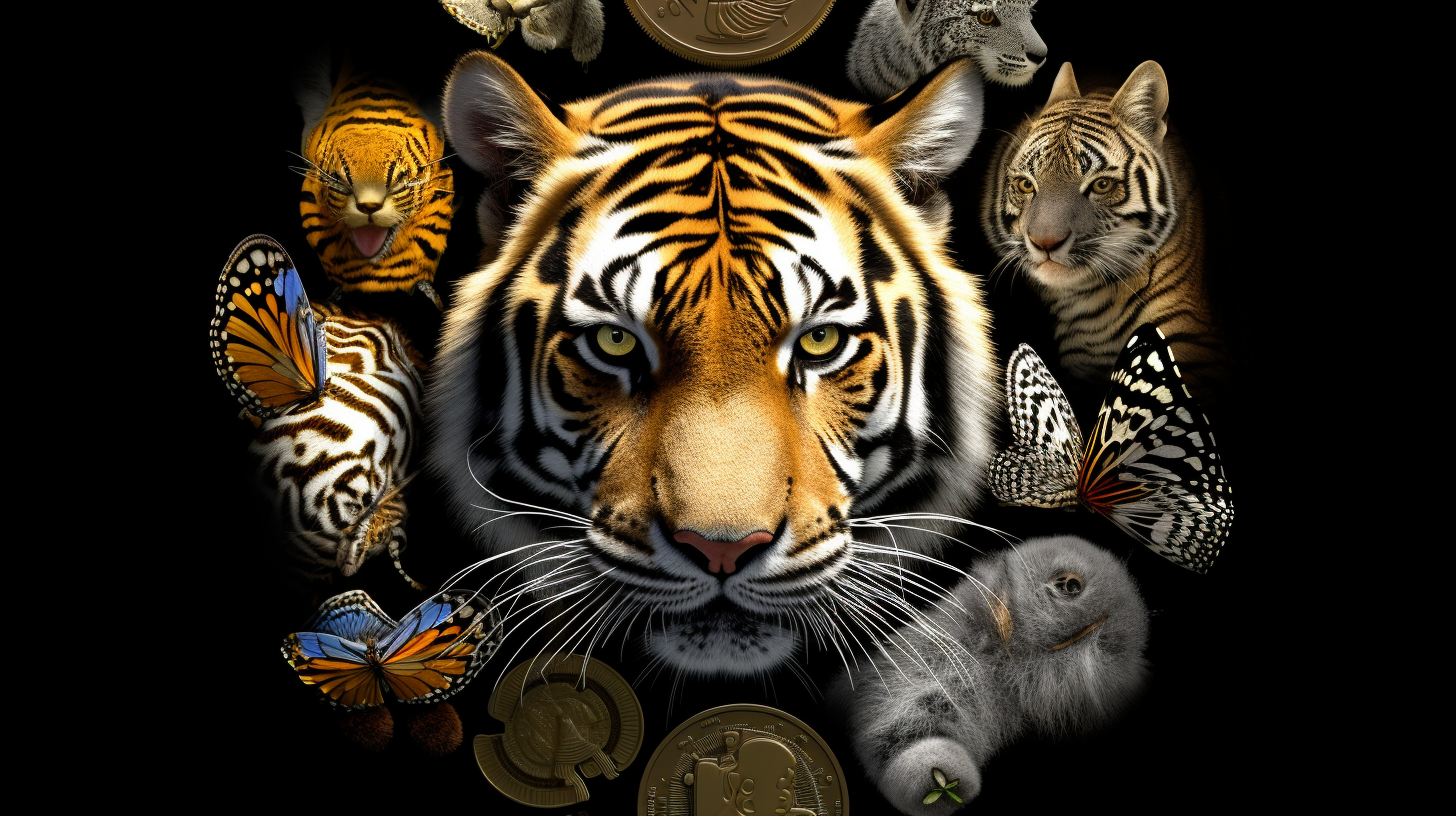Imagine a world where the flutter of a butterfly’s wings in the Amazon could ripple into a surge of digital transactions on the other side of the globe. Picture a society where each swipe of your crypto wallet breathes life into the habitats of Earth’s most vulnerable creatures. This is no longer a mere flight of fancy; welcome to the burgeoning field of Crypto Zoology, where cryptocurrency meets wildlife conservation in an intricate dance of innovation and hope.
In this digital age, the plight of endangered species has found a surprising ally in blockchain technology. Organizations and activists are leveraging cryptocurrencies to fund conservation efforts in ways that fiat currencies never could. How, you might ask? It’s all about harnessing the power of a borderless economy and the enthusiastic base of crypto-supporters.
Non-fungible-tokens (NFTs), those unique pieces of digital art living on the blockchain, have been creating buzz with their eye-watering auction results. But beyond the glitz, NFTs are becoming a lifeline for endangered animals. Conservation groups are releasing limited-edition digital artwork that represents real-world animals under threat. The magic lies in the blockchain’s transparency – every sale can be tracked and allocated directly to on-the-ground efforts, ensuring that your donation isn’t lost in administrative costs.
Success stories abound. Take, for example, the case of the Hawksbill Turtle. These creatures, known for their beautiful shells and critical role in marine ecosystems, were on the brink of extinction. Cryptocurrency enthusiasts united, bidding on turtle-themed NFTs. The funds raised went directly to patrols that reduced poaching and monitored turtle nests, leading to a remarkable uptick in hatchling survival rates!
Another innovative approach is ‘adopting’ animals through crypto transactions. Conservationists are creating digital tokens that represent a real endangered animal, and supporters can ‘adopt’ this animal by purchasing the token. The charm doesn’t end with ownership of a digital asset; adopters receive updates about ‘their’ animal, fostering a personal connection that transcends geographies.
Smart contracts on the Ethereum blockchain are ensuring transparency is more than a buzzword. They’re creating trust in conservation funding through an enforceable digital agreement. Your donation for a patch of rainforest or a sea turtle’s satellite tracker is not just promised—it’s programmed. The contract self-executes once conditions are met, guaranteeing that your generosity furthers conservation directly.
But with all new ventures come new challenges. The volatile nature of cryptocurrencies means that organizations must be canny in managing donations to safeguard their purchasing power. There is also the question of the environmental footprint of crypto-mining. A balance must be struck between innovating for conservation and not exacerbating the very issue we’re trying to solve.
Yet, the potential of crypto for conservation cannot be overstated. It opens up a worldwide donor base, enabling anyone with an internet connection to support causes they believe in without the barriers of traditional currency exchange rates or international banking fees. It also introduces a new demographic of donors; younger, tech-savvy individuals who may have been previously disengaged from wildlife issues are now at the forefront of a modern conservation crusade.
To those skeptics pondering whether digital currencies could indeed become a beacon of hope for our planet’s most at-risk species, the hatching of a whale shark NFT or the digital roar of a lion coin is proof positive that the cryptocurrency realm is much more than a marketplace—it’s a force for global change.
In closing, let’s envision crypto zoology as the verdant bridge that connects the digital with the natural world, enabling humans to contribute to biodiversity preservation in the most 21st-century way possible. It’s not just saving species; it’s redefining the very ethos of donation and engagement in the preservation of our natural heritage.
As our journey into this entwined fate of cryptocurrencies and conservation continues, let’s reflect on the possibility of a future where extinction is outdated, and every coin holds the power to change the fate of our beloved planet’s biodiversity. The question isn’t whether digital currencies can save endangered species; it’s whether we are courageous enough to embrace this path, invest in these technologies, and ensure a living legacy for generations to come.
